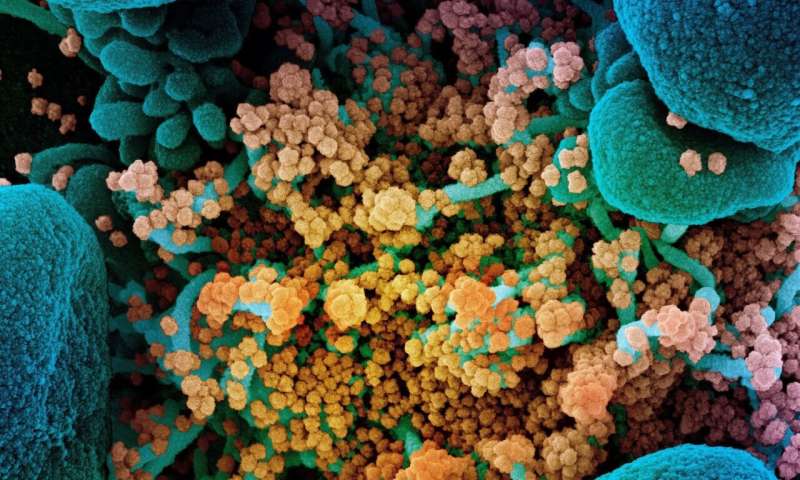Best of Last Week: Entangling large distant objects, SARS-CoV-2 virus blocks pain and children key to pandemic

It was another good week for physics research as a team at the University of Arkansas built a circuit that generated clean, limitless power from graphene. It worked by capturing graphene's thermal motion and converting it into an electrical current. Also, a very large international team of physicists announced that their study, which revolved around a new way to test general relativity using supermassive black holes, made Einstein's description of gravity harder to beat. And a team at the Niels Bohr Institute realized quantum entanglement between distant large objects.
In technology news, a team of Finnish researchers claimed they had made a quantum computing breakthrough. The group at Aalto University created a device called a bolometer that they claim can measure a qubits' energy state while consuming 1 million times less energy. And a team with members from Shanghai Tech University, Peking University and the Chinese Academy of Sciences developed radiation-immune and repairable chips for use in fabricating durable electronics. Also, a team at Ulsan National Institute of Science and Technology developed a 3-D-printed tensegrity structure for soft robotics applications. And Daniel Voshart, a VR specialist in the movie industry, passed his downtime by creating photorealistic images of Roman emperors using Photoshop and the AI application Artbreeder.
In other news, a team at University of Arizona Health Sciences found that pain relief caused by SARS-CoV-2 infections may explain COVID-19 spread. They suggest that the virus' ability to suppress pain could explain why so many infected people experience no symptoms. And a team led by a group at the University of California precisely measured the total amount of matter in the universe for the first time.
And finally, if like billions of other people around the world, you are trying to stave off an infection by the SARS-CoV-2 virus, you may want to check out research done by a team with members from the University of California-Berkeley, Princeton Environmental Institute and Johns Hopkins University. In conducting the largest COVID-19 contact tracing study to date, they found that children are key to its spread.
© 2020 Science X Network